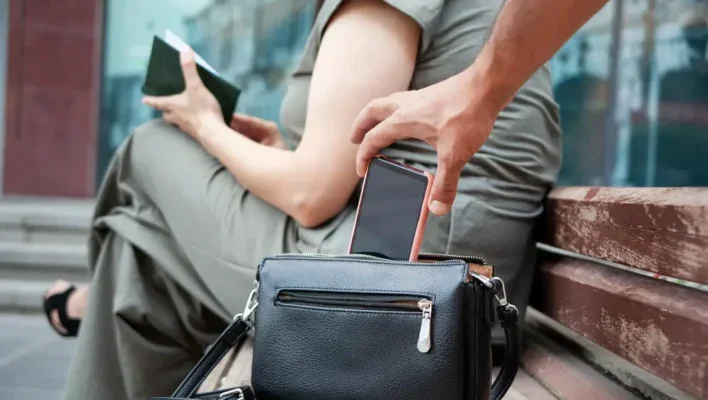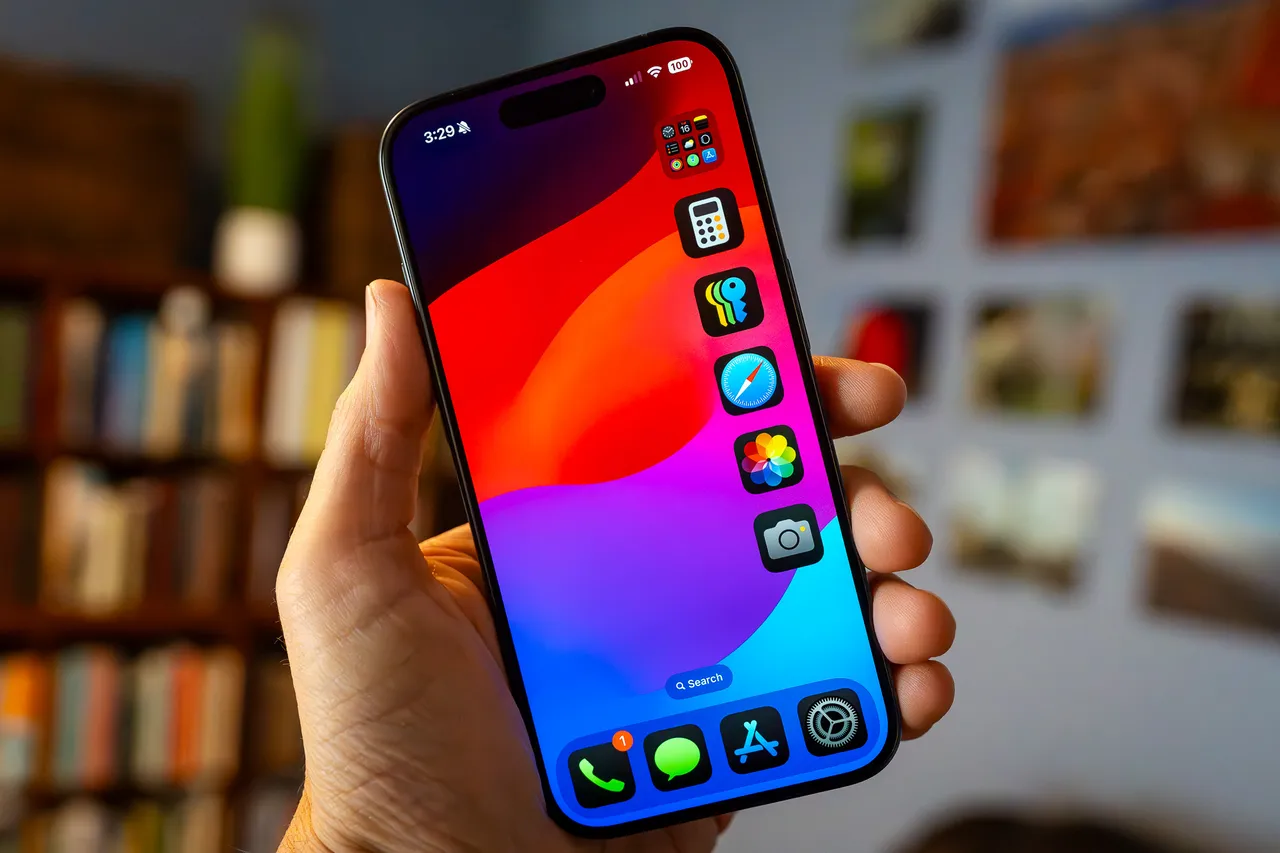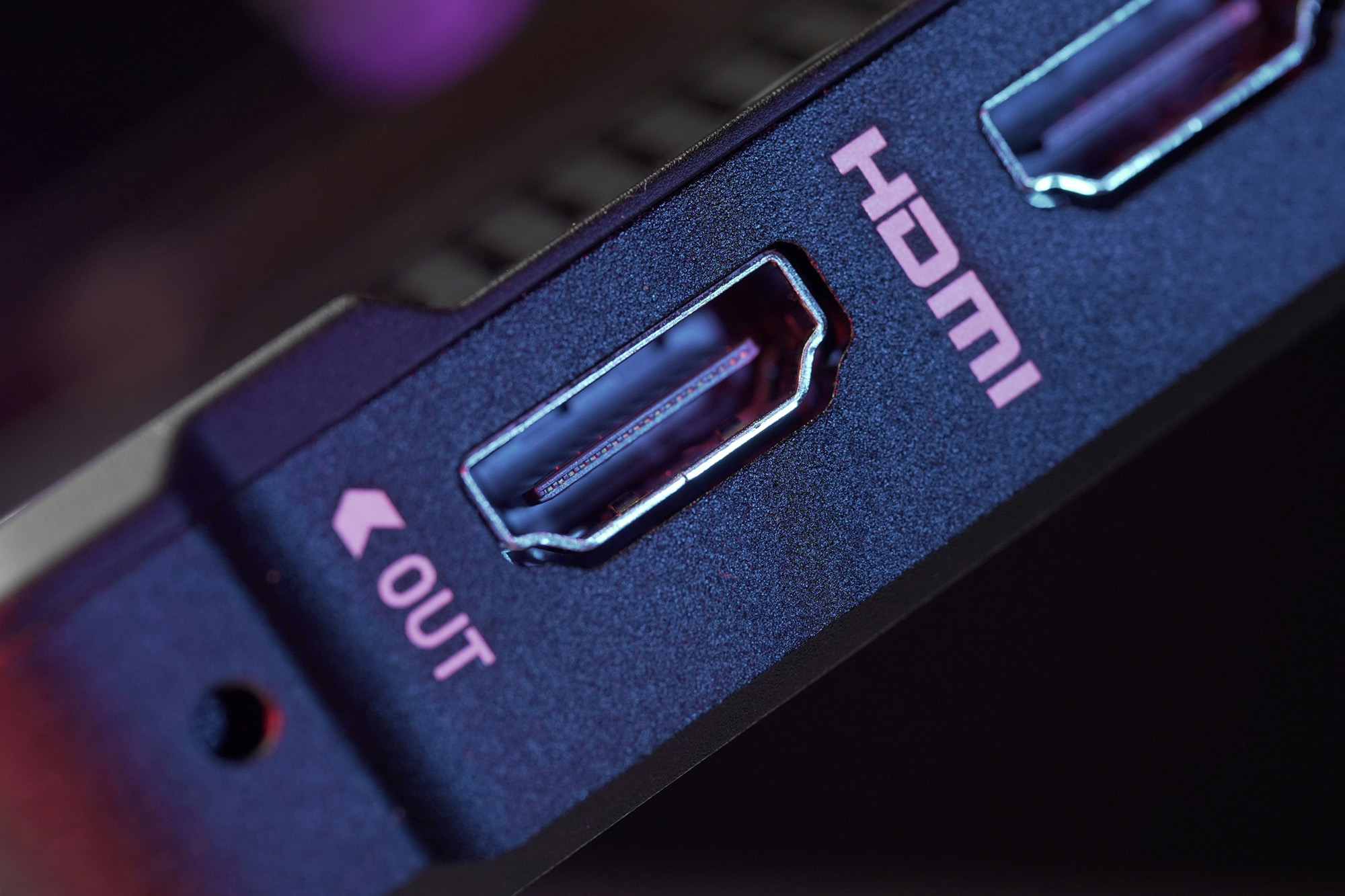Apple’s ‘Stolen Device Protection’ tool aims to deter cases of phone theft, but you need to enable it first.
In the US, one out of 10 smartphone users have experienced phone theft. Thankfully, Apple has just released a security feature to help users avoid becoming a part of this statistic.
Apple’s new ‘stolen device protection’ tool, was launched as part of its iOS 17.3 release, and plans to squash instances of phone theft by ramping up security requirements and limiting the amount of data thieves have access to.
The feature needs to be activated before it works though, so read on to learn how to turn Apple’s stolen device protection on, and to find out more about the security mechanism.
Apple Launches New Stolen Device Protection Tool
There’s nothing more gut-wrenching than reaching into your pocket only to find an iPhone-sized gap where your mobile should have been. Fortunately through, the iPhone manufacturer has released a new security feature taking aim at the most common form of personal theft in the US.
At the company’s iOS 17.3 launch this week – which also announced other new security and media features – Apple unveiled an iPhone protection update that has been in beta testing since December. The tool, called ‘Stolen Device Protection‘ adds an extra layer of security to your iPhone when it’s away from familiar protections.
What Does Apple’s New Phone Protection Feature Do?
The ultimate aim of Apple’s Stolen Device Protection feature is to prevent someone who has stolen your device and knows your password from making critical changes to your account.
When the protection feature is enabled, it works in two distinct ways. Firstly, when your phone is in an unfamiliar location, your phone will need to be authenticated with Face ID or Touch ID before sensitive actions can be taken. Since biometric verification is almost impossible to forge, this makes it harder for criminals with your passcode to gain access to your device.
The feature also includes something called ‘Security Delay’, which is aimed at protecting even more sensitive information. When your phone is in an unfamiliar location, Apple will implement an hour-long security delay which will restrict certain settings from being amended for 60 minutes, before requesting Face or Touch ID verification.
Examples of actions that will be blocked during this time including using payment methods, accessing passwords or passkeys, turning off Lost Mode, or erasing all content and settings.
How to Turn On Apple’s New Stolen Phone Feature
Activating Apple’s new security mechanism is very straightforward. First you need to enable two-factor authentication for your Apple AI and set up a device passcode, Face ID or Touch ID, Find My, and Significant Locations (under Location Services).
Once you have these up, you need to:
- Go to Settings
- Tap ‘Face ID & PassCode’
- Enter your device passcode
- Tap to turn Stolen Device Protection on
If you don’t want the safeguarding feature on all the time, you’re also able to switch off the protection using the same steps.




